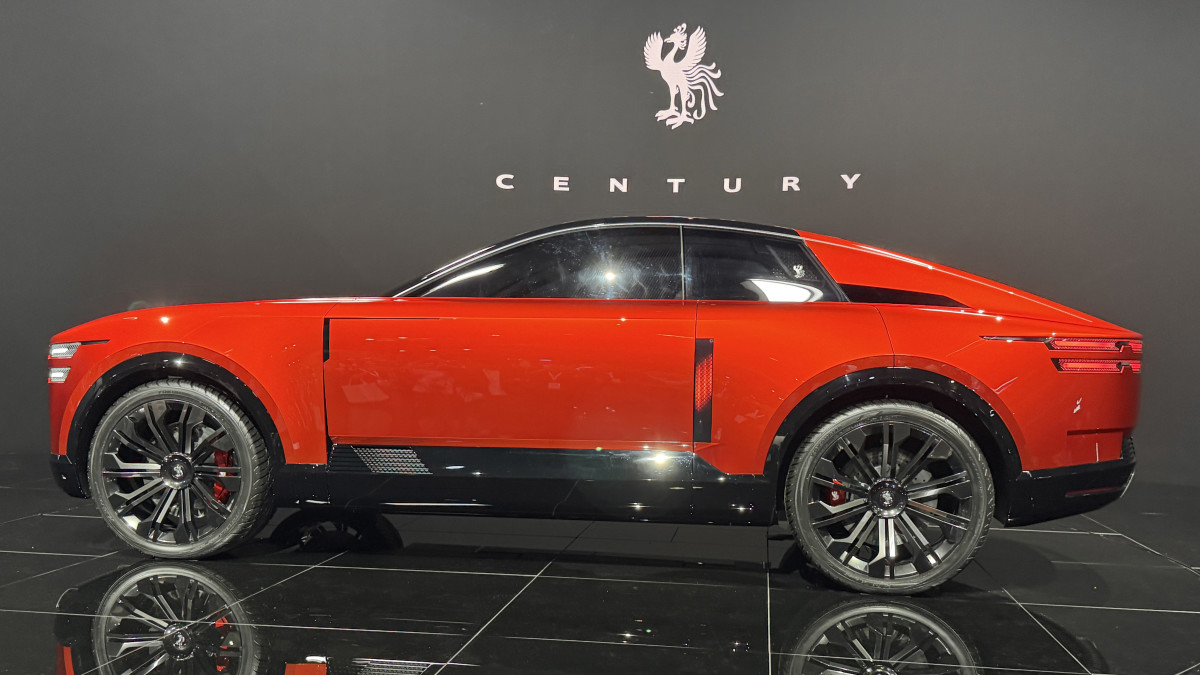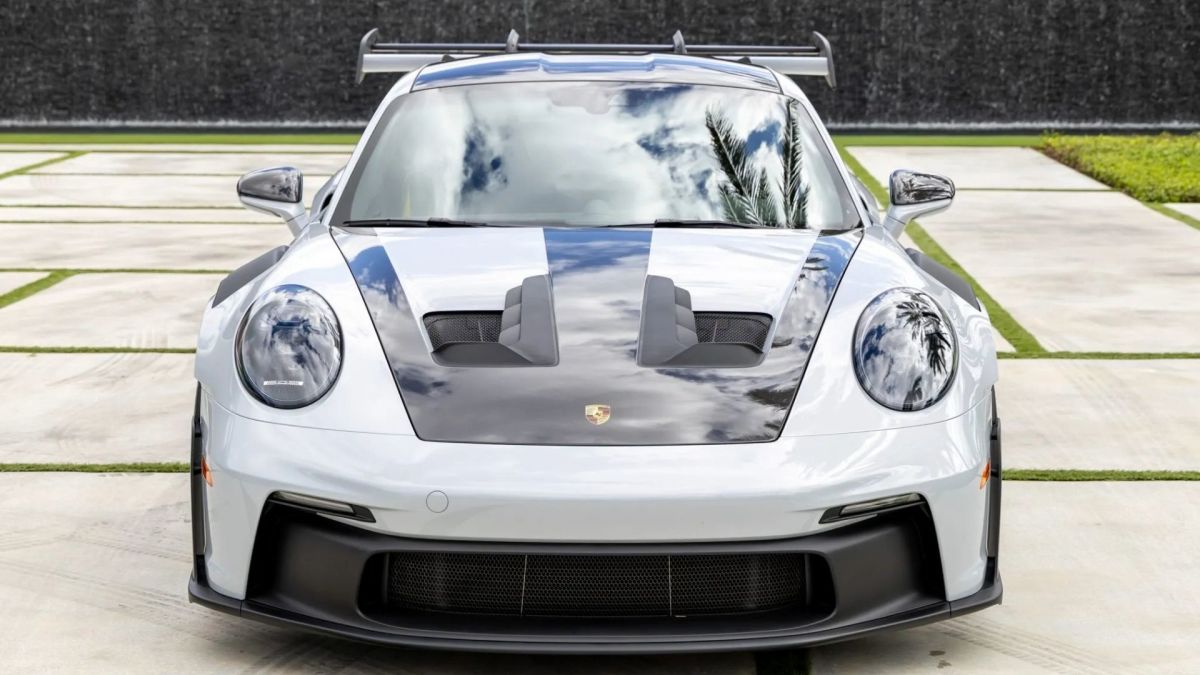Toyota’s Century Brand: A Bold Challenge to the Elite, Defying Tradition and Redefining Luxury in the Automotive World While the Established Order Fades into Obscurity and Relevance is Questioned by a New Generation of Buyers Seeking Distinction Over Conformity.
Nearly four decades after making a significant foray into the luxury market with the introduction of the Lexus brand, Toyota Motor Corporation is setting its sights even higher. At the recent Japan Mobility Show, the company unveiled the Century Coupe Concept, a vehicle poised to enter the ultra-luxury segment and compete with the likes of Bentley and Rolls-Royce. This move signifies not just an expansion of their luxury offerings but a bold challenge to the entrenched elite of the automotive world.
The Century brand, which first emerged in 1967, has traditionally catered to Japan’s dignitaries and affluent individuals, providing a local alternative to foreign luxury vehicles. However, the Century badge has not evolved significantly over the years, receiving only two major updates in its long history. With the new Century brand, Toyota aims to rewrite the narrative, introducing two ultra-luxurious models: the coupe-like sedan revealed at the show and an SUV expected to follow.
The design of the Century Coupe is distinctive, incorporating classic luxury design elements such as a long, tapered roofline and a prominent grille adorned with a unique phoenix logo. However, it also innovates with features like sliding doors for easier access and no rear window, setting it apart from traditional coupes. The interior showcases meticulous craftsmanship, reflecting Toyota’s commitment to bespoke luxury, with the concept car featuring an impressive 60 layers of paint and an interior crafted using the Japanese artsugi technique, which ensures that joints between materials are virtually invisible.
Toyota’s vision for the Century brand is encapsulated in the phrase “One of One,” indicating that each vehicle will be highly customizable, allowing buyers to create a car that reflects their personal tastes and desires. This level of personalization is increasingly sought after in the luxury market, where consumers are looking for distinctiveness and exclusivity.
While specific details about the powertrain technology remain under wraps, indications suggest that the Century brand will adopt Toyota’s broader “multi-pathway” approach, incorporating gas, hybrid, and electric propulsion systems. This aligns with global trends in the automotive industry, where sustainability is becoming a crucial consideration for luxury brands.
As for pricing, if the Century brand follows the pricing strategies of its British competitors, it is likely to start at over 30 million yen, or approximately $200,000. This price point places it in direct competition with the latest models from Bentley and Rolls-Royce, brands that have long dominated the luxury automotive landscape.
Currently, Toyota plans to target the Japanese market exclusively with the Century brand, although there are hints that expansion to other markets, such as China and the United States, could be on the table if the brand proves successful domestically. This cautious approach reflects the complexities of entering the ultra-luxury market, where brand perception and heritage play significant roles in consumer decision-making.
The launch of the Century brand is not just a business strategy for Toyota; it is a statement about the company’s commitment to craftsmanship, innovation, and a redefined vision of luxury. In a world where traditional luxury brands face challenges from emerging players and shifting consumer preferences, Toyota seeks to carve out its niche by leveraging its engineering prowess and commitment to quality. As the automotive landscape continues to evolve, the success of the Century brand will depend on its ability to resonate with a new generation of luxury buyers who prioritize individuality and craftsmanship over established prestige.
This moment in Toyota’s history could mark a turning point, not only for the company but for the broader luxury automotive market. As the Century brand emerges, it challenges the notion of what luxury means in the modern world, inviting debate on the relevance of traditional prestige in an era that values innovation and personal expression. With its ambitious vision, Toyota is poised to redefine luxury and craftsmanship, potentially reshaping the landscape for years to come.
Nearly four decades after making a big push into the luxury market with the launch of the Lexus brand, Toyota Motor Corp. is setting its sites even higher.
During a news conference at this year’s Japan Mobility Show, Toyota pulled the covers off the striking new Century Coupe Concept. A production version will be one of two new offerings that the new brand will bring to market in a bid to challenge two of the world’s most elite automotive marques, Bentley and Rolls-Royce.
“They are more than elegant. They are a statement,” said Ian Cartabiano, president of Toyota’s CALTY Design Research facility in California. “The Century brand will stand at the pinnacle (as a) celebration of craftsmanship.”
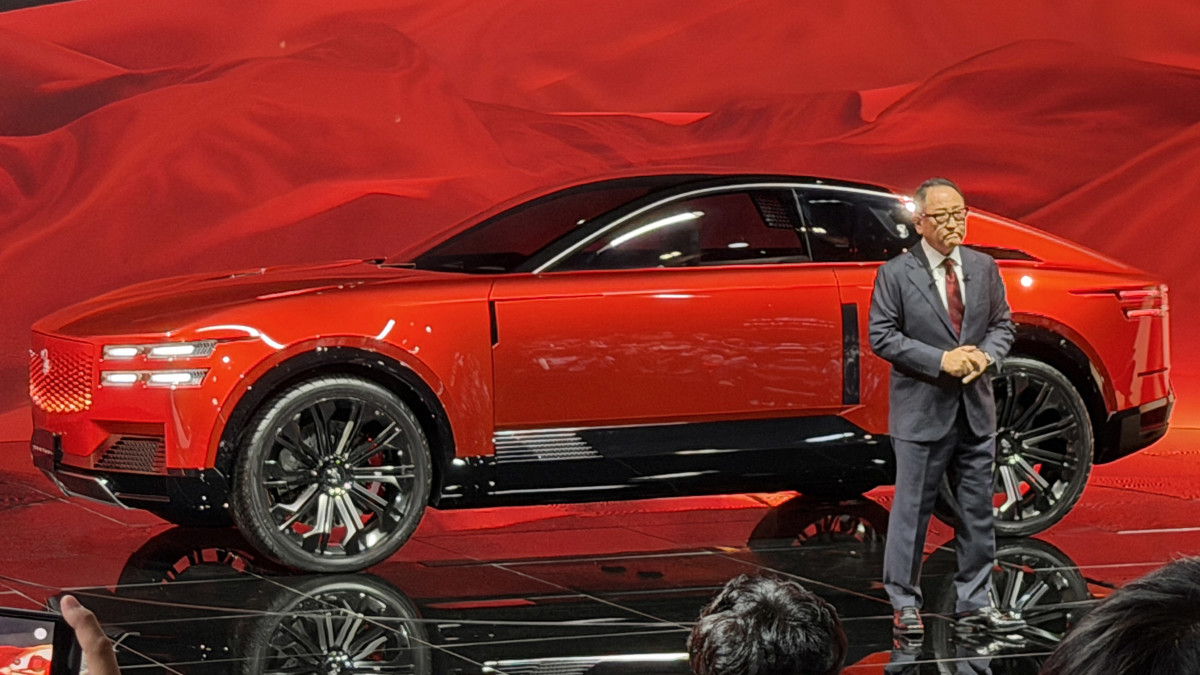
What’s the Century Brand
First launched in 1967, the Century badge has appeared on a small group of full-size luxury cars and limousines. Century provided a Japanese alternative for the country’s dignitaries and ultra-wealthy to drive, rather than having to be seen in an import.
But for a company known for its relatively rapid product updates, Toyota did little to keep Century fresh. Over the decades, it has received only two major updates, in 1997 and again in 2018.
From a product standpoint, Century is starting from scratch with a pair of ultra-luxurious models, including the coupe-like sedan debuting at the Japan Mobility Show, and an SUV to follow.
A Novel Design
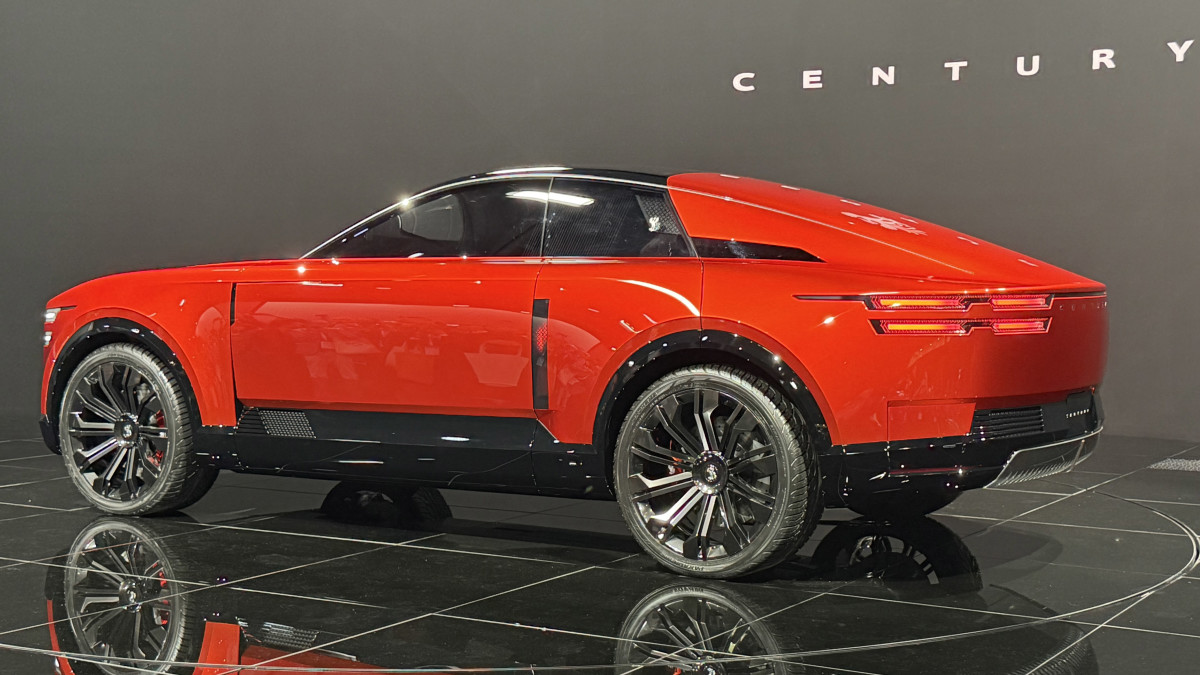
The Century coupe isn’t just another high-end two-door. It does pick up on some classic high-line design cues, such as the long, tapered roof line and tall grille distinguished by that phoenix logo. But there’s no rear window and, most unusually, its main doors slide, rather than swing, open, providing easier access for its high-line occupants. There actually are two smaller doors that slide rearward, providing even easier entry for those seated in the rear.
“Never has it been easier to enter and exit a coupe with style and grace,” suggested Cartabiano.
Another distinctive touch: the front passenger seat – on the left side in Japan – is positioned a bit rearward, providing more than ample legroom.
Toyota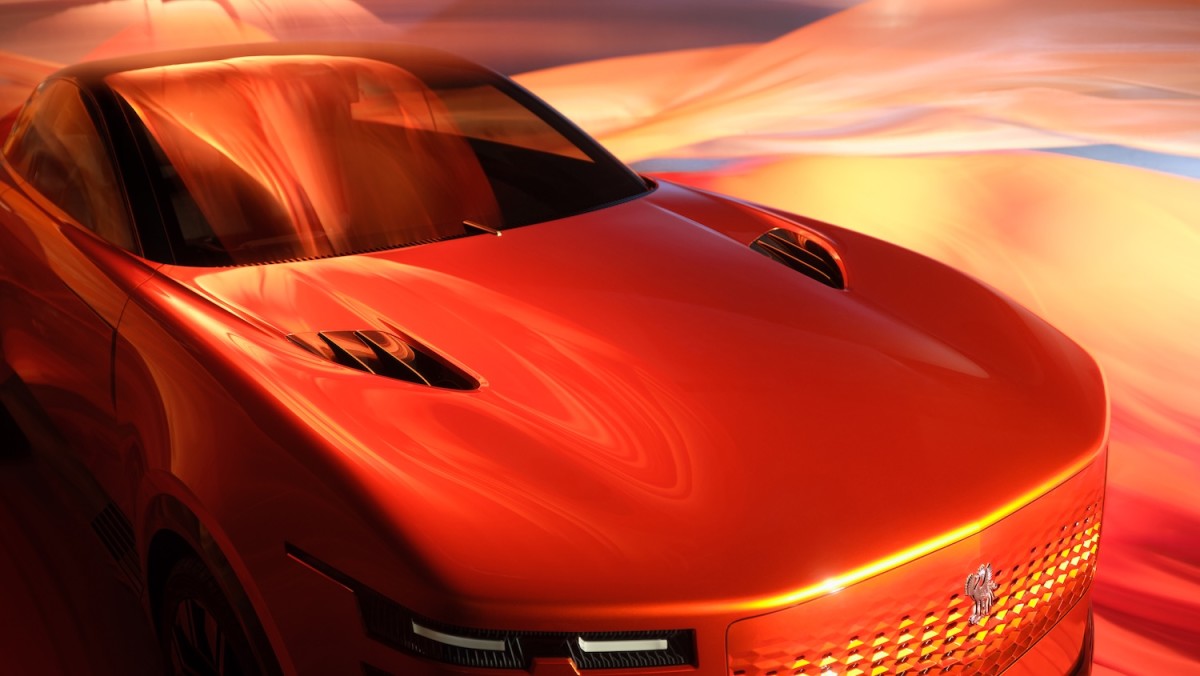
Hand-Built and Bespoke
Toyota officials referred to the new brand as “One of One,” meaning each vehicle will be a bespoke package heavily customized to reflect a buyer’s personal desires.
If the concept is any example, Century will take things to extremes. The show car’s exterior, for example, features 60 layers of paint, and the interior features wood and other materials assembled using the Japanese artsugi process where individual pieces come together so precisely the joints are all but invisible.
A number of details have yet to be revealed, including the sort of powertrain technology Century will use – though one Toyota executive, speaking on background, hinted that it will follow the broader company’s “multi-pathway” approach with a mix of gas, hybrid and electric propulsion systems.
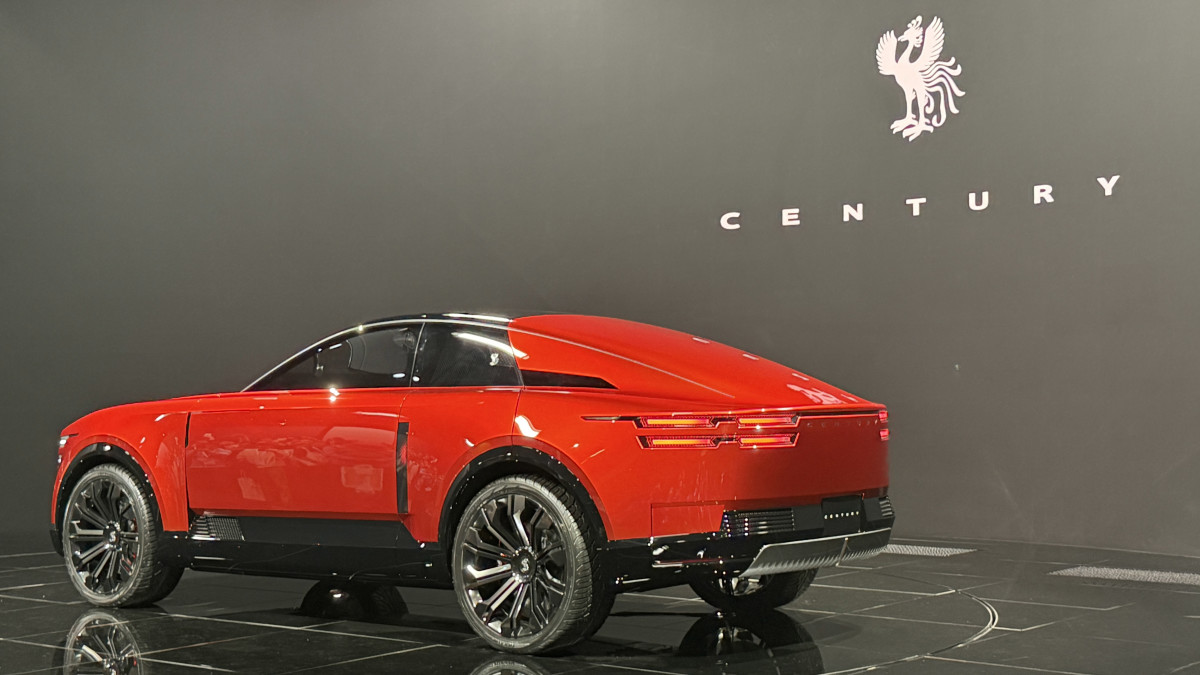
Pricing and Availability
The precise launch date for the Century brand has yet to be confirmed. As for pricing, if Century falls into line with its two key British competitors, that would suggest a starting price of more than $30 million yen, or $200,000 at current exchange rates, about what the latest version of the Bentley Continental GT goes for.
For the moment, Toyota officials indicate Century will exclusively target Japan. But they indicate the automaker could consider expanding to China and even the U.S. if the new brand proves successful in the home market.
